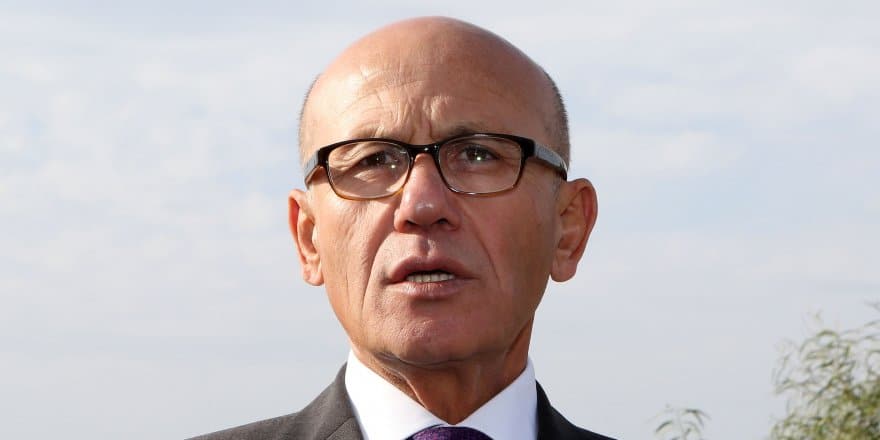By Michael Theodoulou
Although he always had a rock-solid commitment to a settlement, Mehmet Ali Talat had the bad fortune when he was Turkish Cypriot leader to have to deal with two Cyprus presidents that did not share his commitment.
Such was his commitment to the reunification of Cyprus that in 1983, after his party narrowly voted in favour of the Denktash-proposed Unilateral Declaration of Independence, which established the ‘TRNC’, Talat said he cried.
As leader of the Republican Turkish Party (CTP) he became ‘prime minister’ just before the 2004 referendum; the anti-settlement ‘president’, Rauf Denktash had been side-lined by the AKP government in Turkey, which supported a deal in Cyprus.
The majority of Turkish Cypriots (65%) voted in favour of the Annan Plan in 2004, but the Greek Cypriots, led by the anti-settlement president Tassos Papadopoulos, rejected it overwhelmingly (76%).
Talat became the undisputed leader of the Turkish Cypriots when he was elected ‘president’ of the ‘TRNC’ in April 2005 (Denktash did not stand), but with Papadopoulos in power, he was unable to pursue the goal of a settlement.
Bi-communal talks, under UN auspices, resumed after the 8 July 2006 agreement between Papadopoulos and Talat but these were conducted by negotiators appointed by the two leaders. The agreement was for discussions to focus on “issues that affect the day-to-day life of the people and concurrently those that concern substantive issues”, but despite countless meetings these led nowhere.
Talat may have thought his big opportunity for a settlement had arrived when Demetris Christofias was elected president in February 2008. CTP and Akel always had close links and this raised hopes that the two comrades would eventually strike a deal. The two leaders started on a positive note, agreeing the opening of the crossing on Ledra Street in Nicosia, before embarking on settlement talks. Talat soon found out that Christofias did not share his sense of urgency, and although significant progress had been made the latter was reluctant to finalise the convergences that were achieved.
Talat, standing for re-election in April 2010 with success far from guaranteed, had tried to persuade Christofias to speed up the process. Christofias’ line was that if Turkey wanted a deal it would ensure Talat was re-elected, even though the signs were not good, as the CTP had lost the general elections in 2009. This turned out to be a grave error of judgment on Christofias’ part as Talat lost the ‘presidential’ elections to the hardliner Dervis Eroglu and any hope of a breakthrough disappeared.
Despite having the backing of Ankara, Talat lost the elections because not only had he failed to deliver an agreement that would have enabled the north to join the EU, but an end to the isolation of the Turkish Cypriots, promised by the EU if they accepted the Annan Plan, never materialised. His pro-solution stance went unrewarded and Talat was consigned to the political wilderness after his election defeat.
Talat made a brief comeback, elected CTP leader in June 2015, but the coalition ‘government’ in which his party was a member did not last long as Eroglu’s National Unity Party (UBP) withdrew from it. In June, Talat announced he would not be standing for re-election at the CTP November congress, thus bringing an end to a political career that promised much but failed to deliver.

